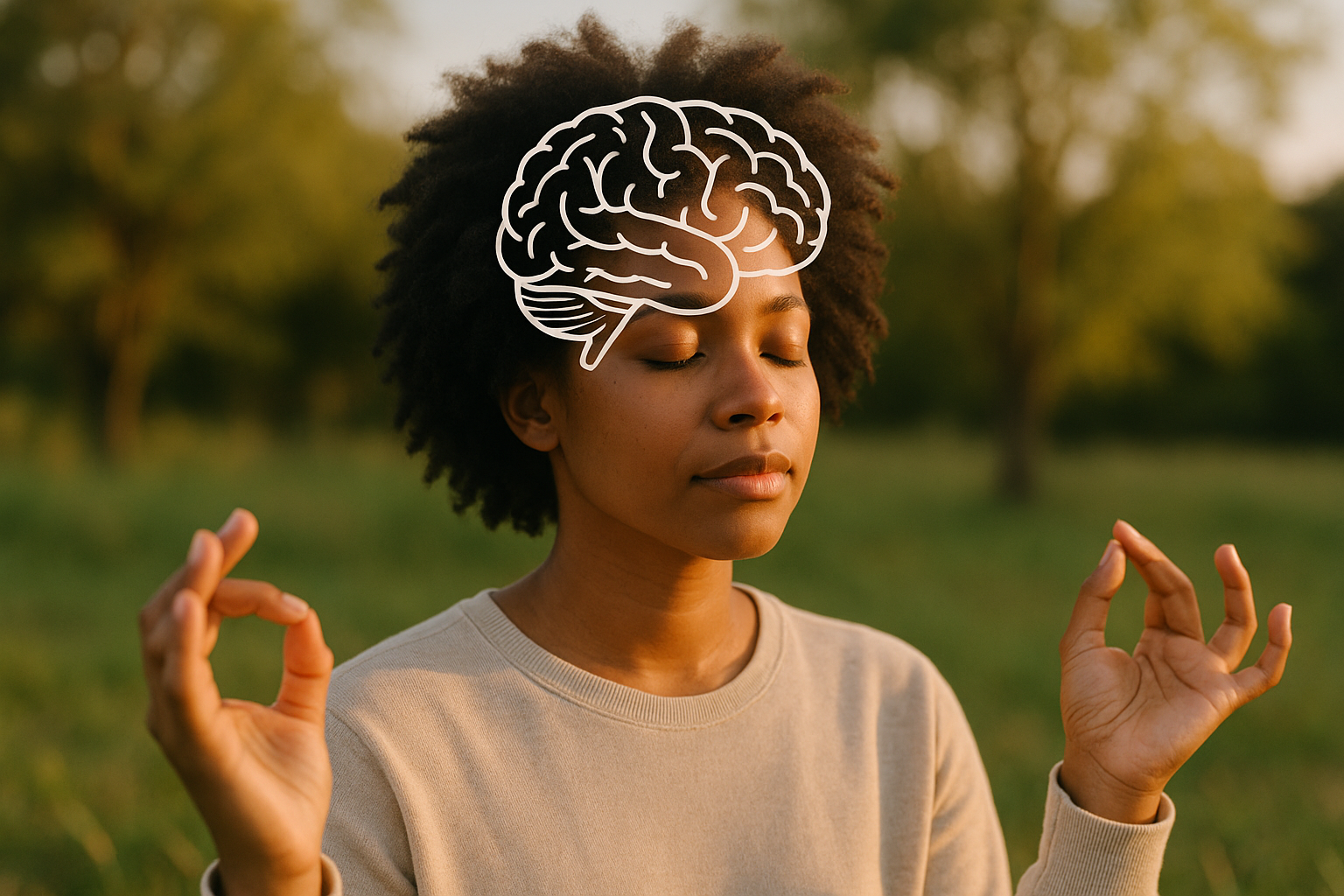In today’s fast-paced world, mental well-being has become a top priority. More people than ever before are dealing with anxiety and panic attacks. Triggers can appear anywhere—social media, work deadlines, relationships, or even while relaxing at home. The physical and emotional toll of anxiety is real. Symptoms range from a racing heart and trembling hands to unwanted thoughts that refuse to fade away. Yet, understanding what happens inside your brain during these challenging times can be the first step towards better self-care. At Trankua, we’ve delved into the science behind anxiety, exploring the powerful brain chemicals that play a major role in our emotional health.
The Science of Anxiety: More Than Just a Feeling
Anxiety is more than everyday worry. It is a complex response involving immediate emotional and physical changes in the body. Behind these symptoms are chemical messengers—neurotransmitters—that communicate signals between brain cells. When you’re anxious, these chemicals act like traffic controllers for your thoughts, emotions, and even how fast your heart beats. By understanding these neurotransmitters, you empower yourself to recognize early warning signs and manage anxiety proactively.
Research reveals that certain brain chemicals directly affect anxious thoughts, moods, and reactions. For instance, Research Output: 1753803620 explores the influence of neurotransmitters such as serotonin, dopamine, norepinephrine, gamma-aminobutyric acid (GABA), and cortisol. These chemical signals can create either feelings of safety or alarm—sometimes in the blink of an eye.
Key Neurotransmitters Involved in Anxiety
Several neurotransmitters are central to anxiety. Each plays its own part in the body’s stress response. When these levels are off-balance, anxiety can take hold:
- Serotonin: Often seen as the “feel-good” chemical, serotonin regulates mood, sleep, and appetite. Low levels are linked to feelings of sadness, fear, and obsessive thoughts.
- Dopamine: Known for influencing motivation and reward, dopamine imbalances can lead to restlessness or difficulty feeling pleasure—common during anxious episodes.
- Norepinephrine: This chemical gets the body ready for action. During stress, norepinephrine surges, speeding up the heart and narrowing focus. Too much, and your body can feel stuck in ‘alert mode.’
- Gamma-Aminobutyric Acid (GABA): GABA is calming by nature. It helps slow mental chatter and physical stress. Low GABA often means an overactive mind, trouble sleeping, and a sense of overwhelm.
- Cortisol: This hormone helps your body face stress. Overexposure—common in daily lives filled with pressure—can lead to persistent anxiety, fatigue, and poor concentration.
By tracking how these chemicals interact, experts can suggest new ways to ease anxiety using mindful strategies and supportive tools.
Real Life: When Brain Chemistry Triggers Anxiety
Imagine you’re preparing for a job interview. Your mind starts racing, hands feel clammy, and your heart pounds. In this moment, cortisol and norepinephrine surge in response to perceived danger. Your body’s fight-or-flight instinct takes over, raising anxiety levels quickly.
Or picture yourself lying in bed, unable to sleep despite deep fatigue. This can signal low GABA levels, making it harder to ‘switch off’ your mind. Many people experience these symptoms in silence, unsure of how to respond. Recognizing when brain chemistry is at work can remove some of the shame and self-blame that often come with anxiety, putting you back in control of your narrative.
Managing Anxiety: Turning Knowledge into Practical Help
Once you know which brain chemicals drive anxiety, you gain practical ways to cope:
- Focused Breathing: Simple breathing exercises help balance GABA and lower cortisol, reducing tension almost immediately.
- Mindful Movement: Regular exercise like walking or gentle yoga increases serotonin and dopamine, improving mood and reducing reactivity to stress.
- Sleep Hygiene: Quality sleep restores neurotransmitter balance, making it easier to manage stressors and negative thoughts.
- Creative Self-expression: Art, journaling, or music can activate dopamine pathways, providing relief during anxious moments.
- Reaching Out: Speaking with trusted friends, professionals, or using specialized apps enables you to tap into your body’s natural calming systems.
Technology now plays a significant role in making these strategies accessible at any time. The right support tools can guide you towards calmness when you need it most.
Instant Calm: How the Trankua App Empowers You
Understanding your brain chemistry is one part of the journey. The next is finding support that fits seamlessly into your life. With the Trankua App, practical relief is always within reach. It combines scientific insights with fast, approachable techniques to lower anxiety whenever it arrives.
- Guided breathwork sessions, synchronizing with your heart rate for quick calming effects
- Audio and visual tools to rebalance serotonin, dopamine, and GABA for lasting relief
- Daily check-ins to track mood changes and patterns, helping you spot and manage early triggers
- Built-in community support, so you’re never alone on your mental wellness journey
- Mobile-friendly design for help on-the-go, whether you’re at your desk or outdoors
Every tool within the Trankua App is crafted with real, research-backed methods. Users often share stories of finding peace in anxious moments, creating positive changes that last well beyond the initial crisis. These benefits make daily life smoother and more confident, no matter what challenges await.
You do not have to fight anxiety alone. Knowledge of your brain’s workings is just the beginning. Your next step is to find a supportive partner for your calm, wherever you are. Ready to experience a calmer mindset? Visit https://trankua.com#download and start your journey today.

